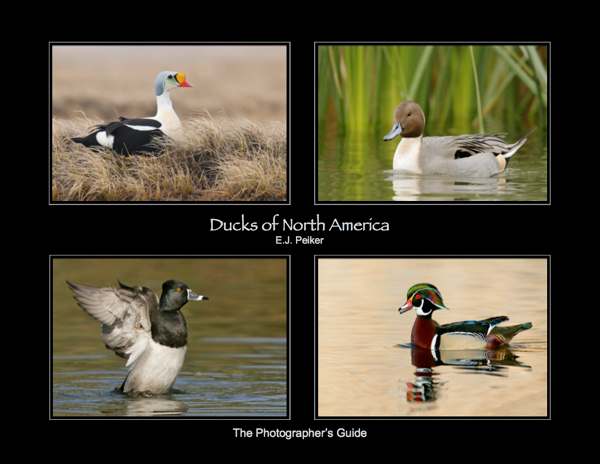
We all have certain images that we love, in our eyes they're the best of our best. (so far at least!) We love them, and we expect others to love them just as much as we do - but it doesn't always work that way. The opposite can equally be true, images that are "so-so" for us can be a fan favorite. So why does this happen?
When you look at an image you've made - you actually experienced the capture, the environment, the look, feel and smell of the place. It invokes a very specific perspective for you (good or bad) that is colored by the experience you've had. When someone sees an image for the first time, they lack that same perspective.
The image itself (and maybe a short caption) is all they have to go on. They decide how much they like or dislike the picture based solely on what the image "tells them". What story does it communicate and does it trigger any emotions in the viewer? Does it have "personality" or "interestingness"? Is there a unique element to it that makes it "stick"? When someone views your image, your personal opinion doesn't matter - case in point is the image at the beginning of this post.
I made this image on an overcast afternoon with rather harsh light. I wasn't planning on stopping at the river so I didn't have my longest lens, hence the Heron was pretty far away. When I got home and processed the image, I had to crop in way too far - and due to the harsh light I had to really work over the exposure and level adjustments, there was some noise - and it wasn't as sharp as what I would have liked . . . and so on. My experience with this image wasn't the best - when I looked at it, I saw all the "flaws" - that was my vision and my perspective, I didn't really like it because I saw all of the things that should have been done better. Now just as is the case with an image I really like (due to my experience with it) the viewer of this image is not colored by my perceptions, all they see is color, action and whatever the image communicates to them.
I posted this image on a few sites I frequent just to document my efforts for the day, not thinking much of it. The next morning, there was some great feedback on the shot - people loved it! Go figure, so I decided to enter the image into an online weekly contest and it scored a second place (within a hair's width of first) with awesome feedback! What people saw in that image (without the baggage I was carrying) was a great story, interestingness and emotion!
Keep that in mind the next time someone yawns at an image you've made, without your perspective and experiences as the photographer - does the image carry the load all on it's own, from a standalone perspective? I think that's the indicator of a really great image, can it invoke the emotion, color and story - all by itself!





